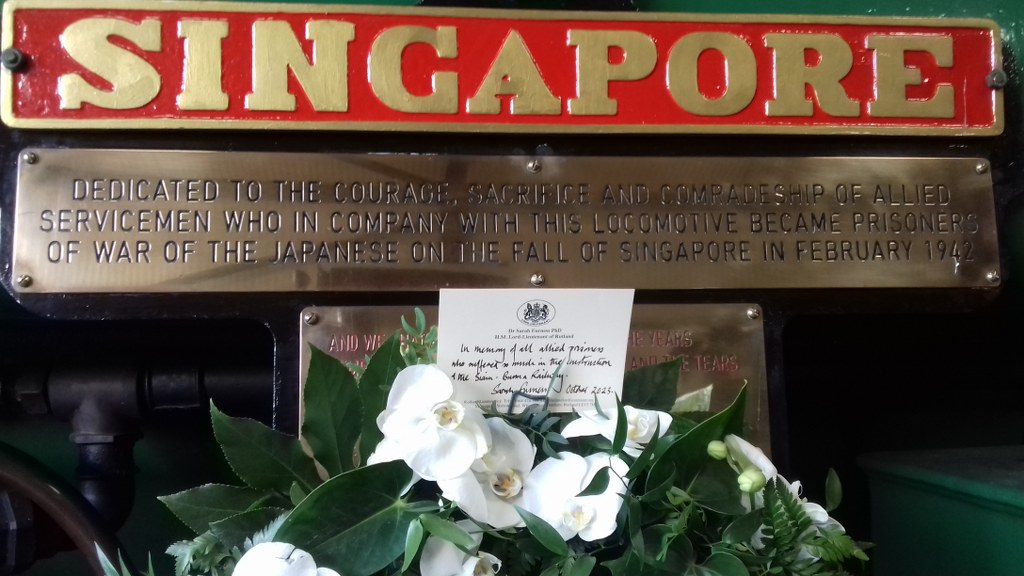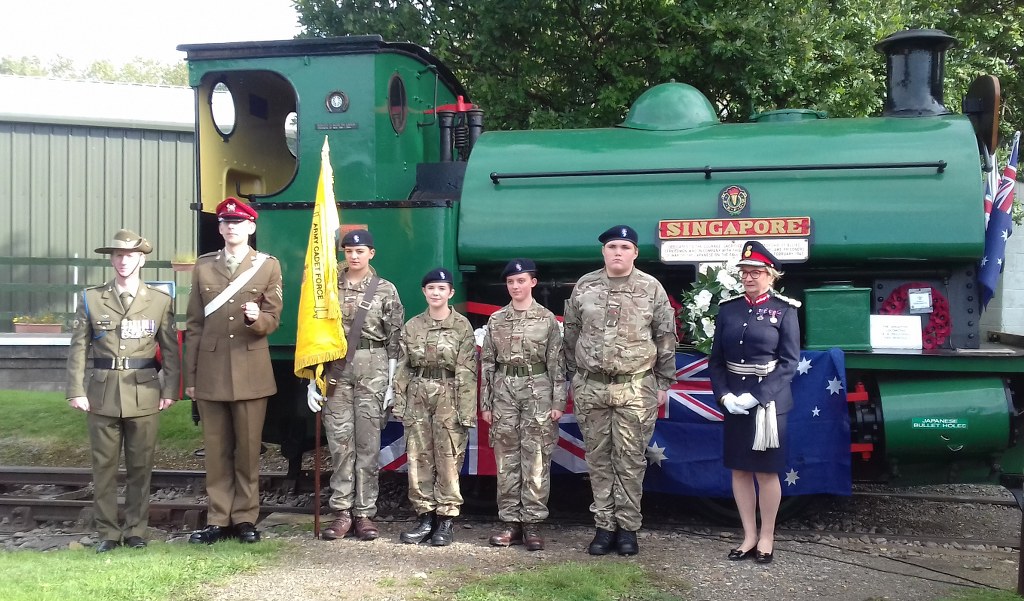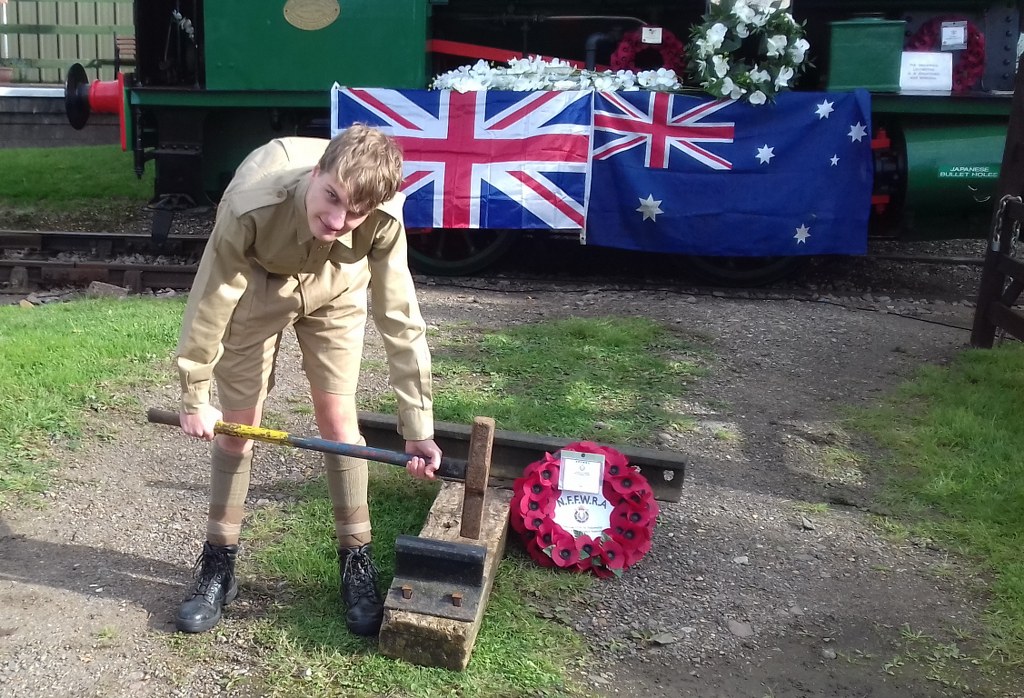
FAR EAST PRISONERS OF WAR
On 17th October 1943 in the jungles of Thailand the surviving allied prisoners of war issued a collective sigh of relief as their years work on the Burma – Siam railway came to a conclusion – the railway was complete. As the Japanese prepared to celebrate this remarkable engineering achievement this was of little solace to the prisoners who knew only too well the high price in human sacrifice and misery so cruelly ignored by the Japanese authorities.The 250 mile long metre gauge railway ran through inhospitable jungle and had to traverse hills, valleys and rivers en route. Over 150 million cubic feet of earth and rock was moved by hand involving some 60,000 allied prisoners of war and 200,000 native workers. Debilitating disease brought on by malnutrition, injury (from beatings and accidents) and death was commonplace and with medicine often deliberately withheld by their captors nearly 13,000 allied servicemen perished, together with some 100,000 native workers. Some sections of the railway line claimed a life for every railway sleeper laid and the project has become known as the “Death Railway”.

October 17th 2023 was the 80th anniversary of the completion of the “Death Railway”. Rocks by Rail Museum held a Commemorative event to remember all allied prisoners of war who worked, suffered and died on this railway.

The event was attended by Dr Sarah Furness, Lord Lieutenant of Rutland, representing the King. Also in attendance were Mrs Geraldine Feehally, High Sheriff of Rutland and Warrant Officer Hughes on behalf of the Australian High Commission. The sons and daughters of some of the prisoners of war took part in the ceremony whilst Pauline Simpson, the Chaplain of the NFFWRA, led the prayers for the FEPOW. The colour party was provided thanks to Leicestershire, Northamptonshire and Rutland Army Cadet Force (LNRACF).

Alex Totaro, one of the Museum’s young volunteers, dressed in a 1941 uniform demonstrated driving dog spikes into a memorial cross made from a sleeper and rail, replicating the type of work and sounds the prisoners would hear during their enforced work in captivity.
Programme for 80th anniversary of the completion of the Burma-Siam Railway
Colour party and personnel enter the arena and take position by the locomotive “Singapore“.
(Music “Colonel Bogey from the Bridge on the River Kwai”)
Welcoming address – David Atkinson.
Extracts from the diary of a FEPOW – David Atkinson.
Act of Remembrance
Sounds of the past – demonstrated by Alex Totaro.
Prayers for the FEPOWs – Pauline Simpson, Chaplain NFFWRA.
FEPOW poem “No, not the poppy”.
Laying of Wreaths and Orchids.
The FEPOW prayer.
The Last Post played by Alex Totaro.
Two minutes silence.
Reveille played by Alex Totaro.
The Kohima Epitaph.
The National Anthem.
March out. (Music “Waltzing Matilda”).
By sheer coincidence towards the end of the Act of Remembrance a Spitfire flew over the Museum.
The FEPOW poem
Author : Dennis Griffiths of Ely, Cambridgeshire – Prisoner of War of the Japanese 1942-5 and who worked on the infamous Burma – Siam “Death Railway”. In the Thailand jungle there are no poppies, but there are beautiful wild orchids.
No, not the poppy in this remembrance
But the pale orchid
Hidden by clumps of thick bamboo
Shadowed by black banana leaves
Stencilled against a golden sky, a brilliant night
No, not the poppy in this remembrance
But the pale orchid
Alone and flowering
Above the scorpion
Crawling with all its deadly sting
No, not the poppy in this remembrance
But the pale orchid
Leaning towards the unknown graves
Long overgrown and lost forever
Hiding the bone whose flesh was once
concerned with parishes through half of England
No, not the poppy in this remembrance
But the pale orchid
Blooms in the dark of this remembrance


